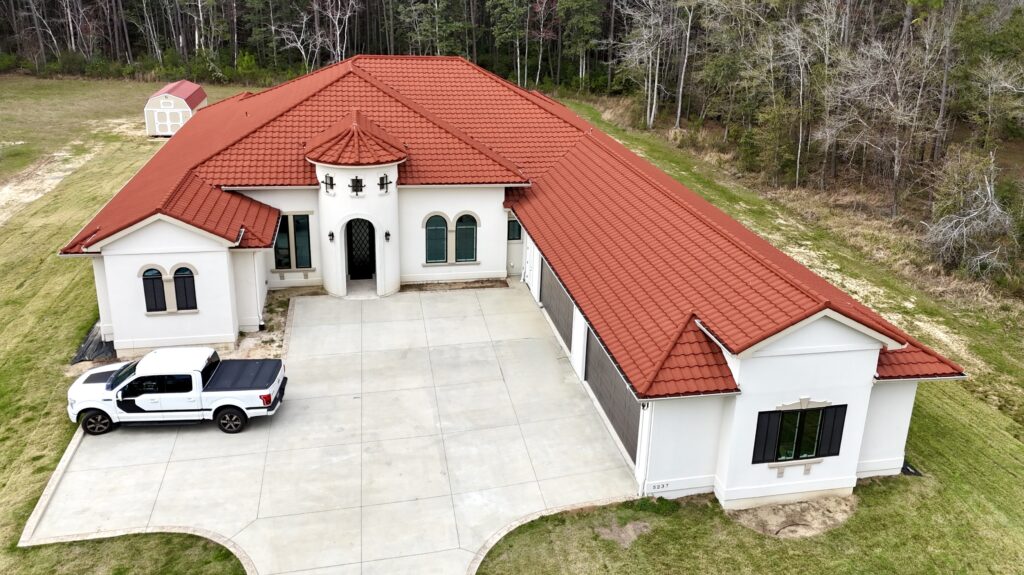Coastal living is a dream for many. The sound of the waves, salty breezes, and breathtaking sunsets make living near the shore incredibly appealing. However, the beauty of coastal life comes with a unique set of challenges, especially when it comes to building a home. From hurricane threats and flooding to humidity and salt air corrosion, coastal environments are tough on buildings. That’s why choosing the right construction method is vital—and concrete is emerging as the top choice for homeowners who want strength, longevity, and energy efficiency.
Built to Withstand the Storm
One of the most pressing concerns for coastal homeowners is the threat of hurricanes and tropical storms. Traditional wood-frame homes are vulnerable to high winds, flying debris, and water damage. Concrete, on the other hand, offers exceptional wind resistance and structural integrity. Homes built with reinforced concrete or insulated concrete forms (ICFs) can withstand winds of up to 200 miles per hour, making them a much safer choice during hurricane season.
Not only does concrete help protect the structural integrity of the home, but it also reduces the risk of damage to interiors and personal belongings. In a coastal storm, the peace of mind that comes with a concrete-built home is invaluable.
Superior Moisture and Mold Resistance
Humidity and moisture are constants in coastal areas. This creates an environment where mold and mildew can thrive, especially in homes built with organic materials like wood. Concrete is non-organic and does not harbor mold, mildew, or termites. It provides a barrier against moisture infiltration, significantly lowering the risk of mold growth and improving indoor air quality.
When paired with proper insulation and ventilation, concrete homes create a healthier and more comfortable living environment. For families concerned about allergies or respiratory issues, this is a game-changer.
Energy Efficiency That Pays Off
Energy efficiency is a major benefit of concrete construction. ICFs and other advanced concrete methods provide excellent thermal insulation. Concrete absorbs and stores heat, keeping interiors cooler in the summer and warmer in the winter. In a coastal climate, where air conditioning is often necessary for comfort, this energy efficiency can lead to significant savings on utility bills.
In addition to lower energy costs, many concrete homes qualify for green building certifications and energy efficiency rebates. Investing in concrete construction not only saves money over time but also supports a more sustainable lifestyle.
Fire and Pest Resistance
Concrete is naturally fire-resistant, providing an added layer of safety for homeowners. Unlike wood, it doesn’t burn, making it ideal for regions prone to wildfires or lightning storms. Concrete homes can offer more time to escape during an emergency and can reduce the risk of total loss.
Concrete is also inhospitable to pests. Termites and rodents can’t chew through it, and there are fewer entry points for infestations. For coastal areas where pest control is a common concern, concrete offers an extra level of protection.
Long-Term Durability and Lower Maintenance
Coastal homes are constantly exposed to salty air, strong winds, and heavy rains. These elements can take a toll on traditional materials over time, causing rot, rust, and deterioration. Concrete stands up to these conditions far better than wood or metal.
With a concrete home, homeowners benefit from longer-lasting exteriors, fewer repairs, and reduced maintenance costs. The material doesn’t warp, crack, or corrode easily, even in the most punishing environments. This durability makes concrete a smart long-term investment, especially in coastal settings where homes face harsh conditions year-round.
Design Flexibility and Modern Aesthetics
Concrete has come a long way from the drab, gray slabs of the past. Today, it can be molded, colored, and finished in a variety of ways to achieve stunning architectural designs. From sleek modern homes to charming coastal cottages, concrete allows for incredible design flexibility without sacrificing durability.
Homeowners can incorporate textured finishes, stamped patterns, and decorative elements that complement the coastal aesthetic. Whether the goal is a contemporary retreat or a timeless beach bungalow, concrete can bring the vision to life.
Insurance Benefits and Increased Home Value
Insuring a home in a coastal area can be expensive due to the increased risk of natural disasters. However, concrete homes often qualify for lower insurance premiums because of their enhanced resistance to fire, wind, and water damage. Insurance companies recognize the safety and stability of concrete construction, and homeowners can reap the financial benefits.
Additionally, concrete homes tend to retain their value and appreciate more steadily over time. Buyers in coastal markets are increasingly looking for homes that offer both beauty and resilience. Choosing concrete can give your home a competitive edge in the real estate market.
Peace of Mind for Coastal Living
At the end of the day, a home should be a place of safety and comfort. For those living on the coast, that means choosing materials and methods that are proven to stand up to the elements. Concrete construction provides unmatched strength, durability, and efficiency—and it’s quickly becoming the go-to choice for discerning homeowners in coastal communities.
Whether you’re building a forever home or investing in a vacation retreat, concrete offers the long-term performance and protection that coastal living demands. It’s more than just a material; it’s peace of mind, wrapped in strength and sustainability.
As the industry continues to evolve, companies like Batten Builders are at the forefront, using cutting-edge techniques to build concrete homes that are as beautiful as they are resilient. If you’re considering building on the coast, concrete isn’t just an option—it’s the smart choice.





